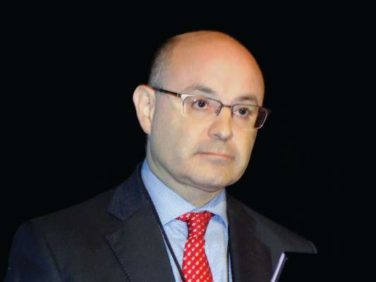Those of you who were in high school or middle school in 1987, when the DSM II-R first included “Attention Deficit Disorder With and Without Hyperactivity” for the first time, missed out on the “discovery,” and subsequent commercialization, of a condition that had been percolating under physicians’ noses for hundreds of years.
You may have wondered what primary care physicians did with their time before they were inundated with requests for evaluations and medications to treat ADHD. You may not realize that we didn’t always have ADHD specialists to help us or several dozen stimulant concoctions from which to choose. In the beginning, ADHD specialists had to invent themselves while the pharmaceutical companies scrambled to meet the demand for drugs that were longer lasting and more palatable.
Don’t worry that you missed out on the birth of a medical phenomena. You and your fellow physicians are fortunate to have front row seats to watch the discovery and commercialization process repeat itself as the field of concussion management struggles with its own growing pains. Just like ADHD, concussions always have been there. We’ve just lowered the bar on their diagnosis and wondered, with more concern, whether we have been managing them correctly.
The increasing popularity of professional contact sports is probably what we have to thank for sharpening this focus on head injury. I suspect that, for the general population, there are no more concussions occurring today than there were 50 years ago. However, in the subgroup of professional and elite college athletes, the players’ increasing speed, size, and flagrant ignorance of the rules have resulted in more significant head injuries. When a highly paid megastar athlete must sit out key games, the management of his head injury generates a lot of attention and discussion.
I am sure that there also has been an increase in concussions among young women who now have more opportunities to participate in contact sports. However, I suspect that most of the apparent increase in the diagnosis among high school and younger athletes of both sexes is primarily the result of heightened awareness. I don’t know of data to support or refute this opinion.
I may be wrong about lack of a real increase in concussion injuries, but there can be no arguing about the explosion in the number of clinics and providers who advertise themselves as concussion specialists. Neurologists, psychologists, chiropractors, orthopedists, and sports medicine practitioners and trainers all have climbed on the bandwagon to satisfy the demand generated by this country’s new concussion awareness.
The problem is that, just as in the early days after the “discovery” of ADHD, the science behind much of the advice and management strategies for concussion just isn’t there. For example, resting the brain after a head injury sounds like a good idea. After all, it works for a torn hamstring. However, “sounds like” and “is” are two very different things.
In an excellent article in this publication (“ Spotlight shifts to active treatment for concussions ,” by Christine Kilgore), I found some comforting news that concussion management may be taking some baby steps into the realm of evidence-based decision management. The original results came from a pediatric population, but it now appears that prolonged rest, which is routinely recommended, can be counterproductive in many concussed patients. The physicians quoted in this article suggest that their experience is pointing to the need for active management in patients with a variety of postconcussion symptoms. Brian Hainline, MD , a clinical professor of neurology at New York University and Indiana University, Indianapolis, observes, “It’s rare that prolonged rest is the answer. Look at stroke – you don’t have patients resting indefinitely. You have to get their nervous systems re-engaged.”
Of course, the science is still lagging behind and the observations by the physicians quoted in this article are based on small series, but their agreement deserves our attention. I urge you to take a look at this article to get an idea of where the management of concussion appears to be going. Not surprisingly, no two concussion patients are the same, and their management should be tailored to their needs. Reliance on overly simplistic guidelines not only doesn’t work but can do harm. It’s that old Hippocratic Oath thing again.
Dr. Wilkoff practiced primary care pediatrics in Brunswick, Maine, for nearly 40 years. He has authored several books on behavioral pediatrics, including “How to Say No to Your Toddler.” Email him at pdnews@frontlinemedcom.com.




